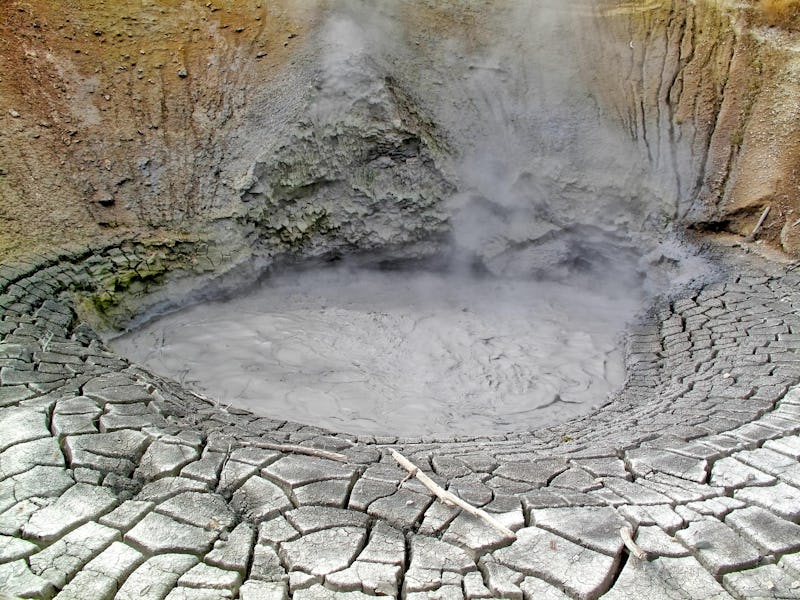Yellowstone Supervolcano Can Cause 'Volcanic Winters' — But Not Anytime Soon
Two 'volcanic winters' happened 630,000 years ago.

After simmering for over 2.1 million years, the Yellowstone supervolcano is finally getting its 15 minutes of fame. As an earthquake in Montana agitated its surroundings in July, rumors swirled that it would be shaken into activity (it didn’t). Earlier in October, headlines suggested a new eruption was imminent (it’s not). Now, it’s back in the spotlight as a new study shows its eruptions could block out the sun and change the Earth’s climate.
That much appears to be true, but it’s still highly unlikely we’ll witness a repeat performance in our lifetimes.
The new findings stem from a recent re-analysis of the geological record of the Yellowstone supervolcano’s last big eruption, which took place 630,000 years ago. Presenting their work at the annual meeting of the Geological Society of America, researchers from the University of California, Santa Barbara showed how the sun-obscuring clouds of ash and smoke from the supervolcano’s last eruptions — there were actually two, 170 years apart — caused the Earth to cool by several degrees.
Ash from the Yellowstone volcano reached the Santa Barbara basin, some 1,140 miles away.
“We discovered here that there are two ash-forming super-eruptions 170 years apart and each cooled the ocean by about 3 degrees Celsius,” said geologist Jim Kennett, Ph.D. in a statement.
Alaska's Pavlof volcano erupted in 2016, sending massive clouds of ash into the air.
He and his team dug deep into the seafloor of the Santa Barbara Basin, where they found two distinct layers of ash carrying sediments that had clearly been ejected from the Yellowstone supervolcano. In the layers, they also found remnants of shells from protists known as foraminifera, which told the story of the Earth’s climate at the time of the eruption; the specific oxygen isotopes in the shells showed what temperature the water was when they were alive.
Oxygen isotopes in foraminifera show the temperature of the sea water when they were alive. These were collected in Myanmar.
Their investigations suggested that the twin eruptions caused separate “volcanic winters,” which are significant, and temporary drops in temperature that occur when the ash and sulfur dioxide from an eruption block the sun’s rays from heating the Earth. These winters actually lasted longer than the models predicted, suggesting to the researchers that other positive feedback loops — like larger-than-usual amounts of sea ice that reflected the sun’s already-diminished rays away from the Earth — just so happened to be in play at the same time as the eruptions.
Fortunately — or perhaps, unfortunately, seeing as the planet is in increasingly desperate need to cool off — the chances that Yellowstone’s supervolcano will erupt in this lifetime are quite low. The United States Geological Survey puts the odds at about one in 730,000, which are about the same as the chances a large asteroid will hit the Earth.